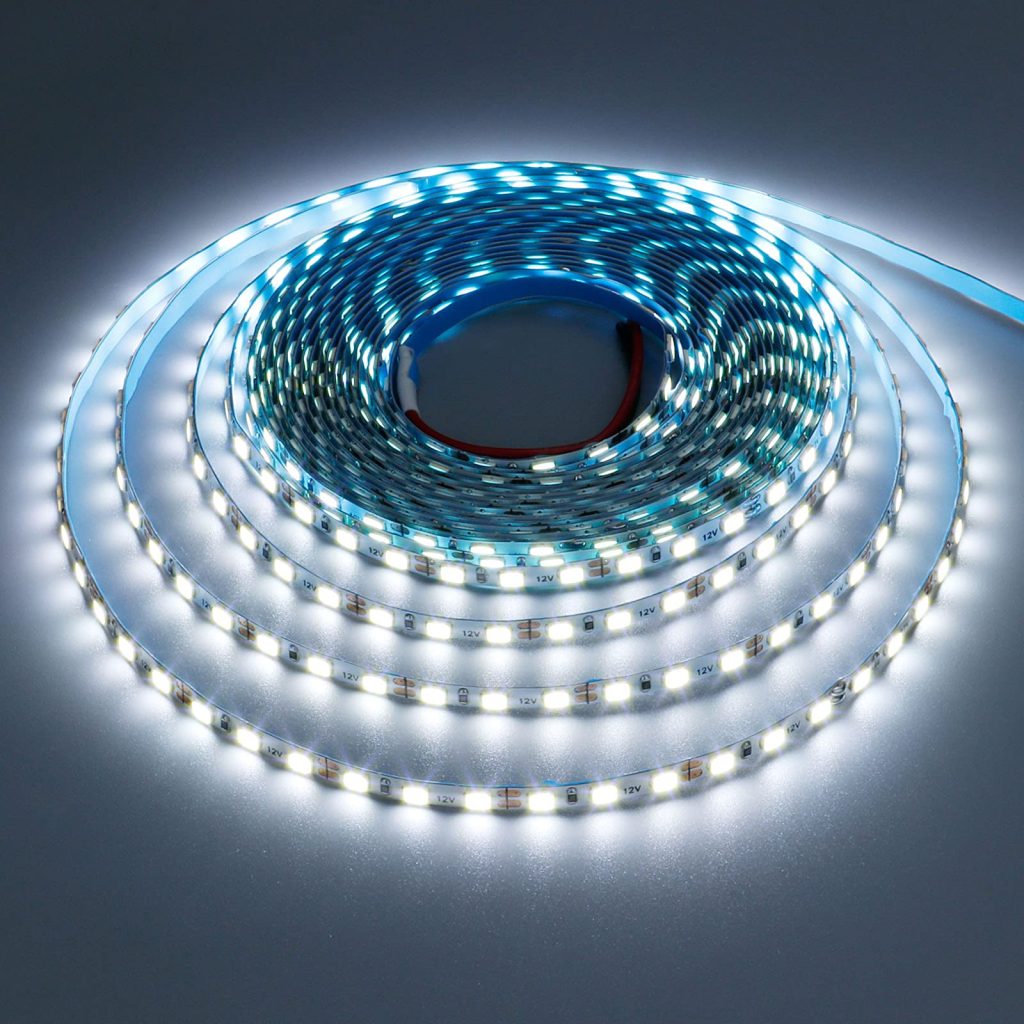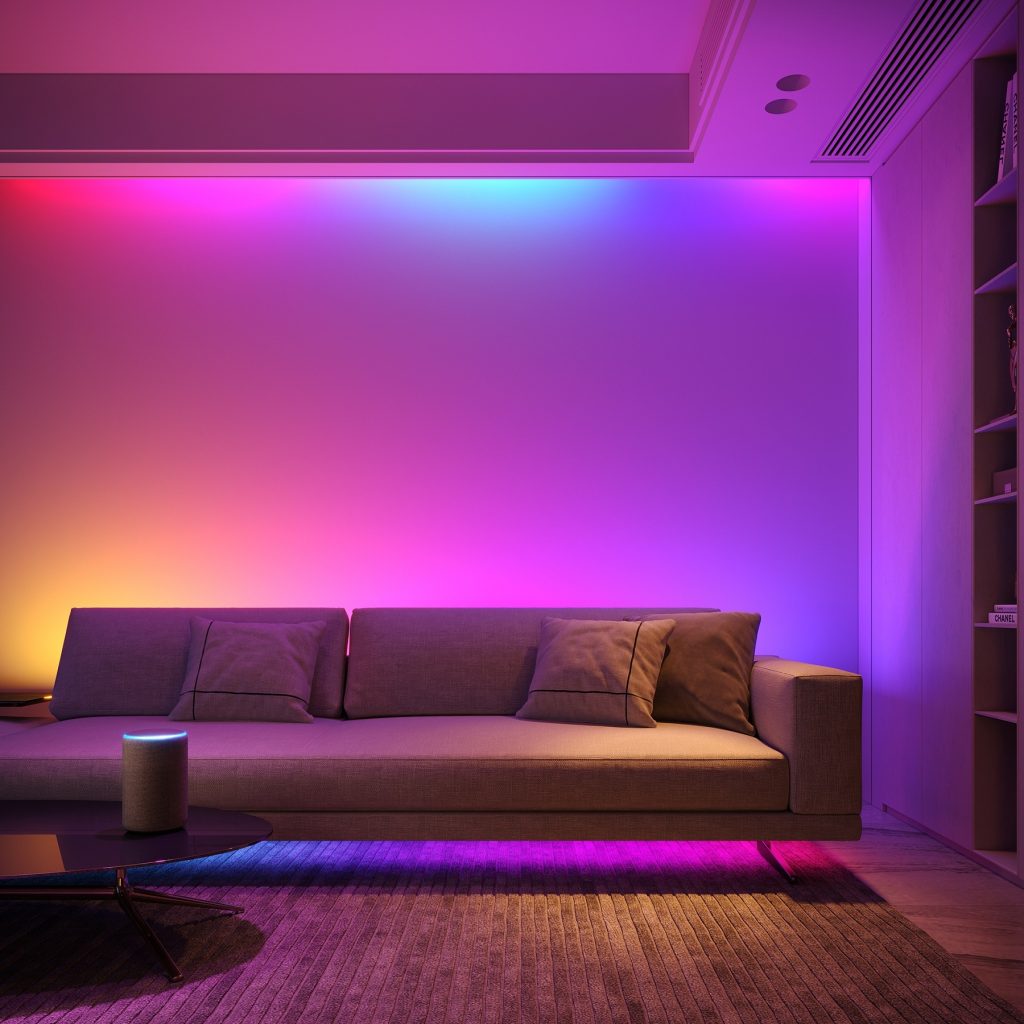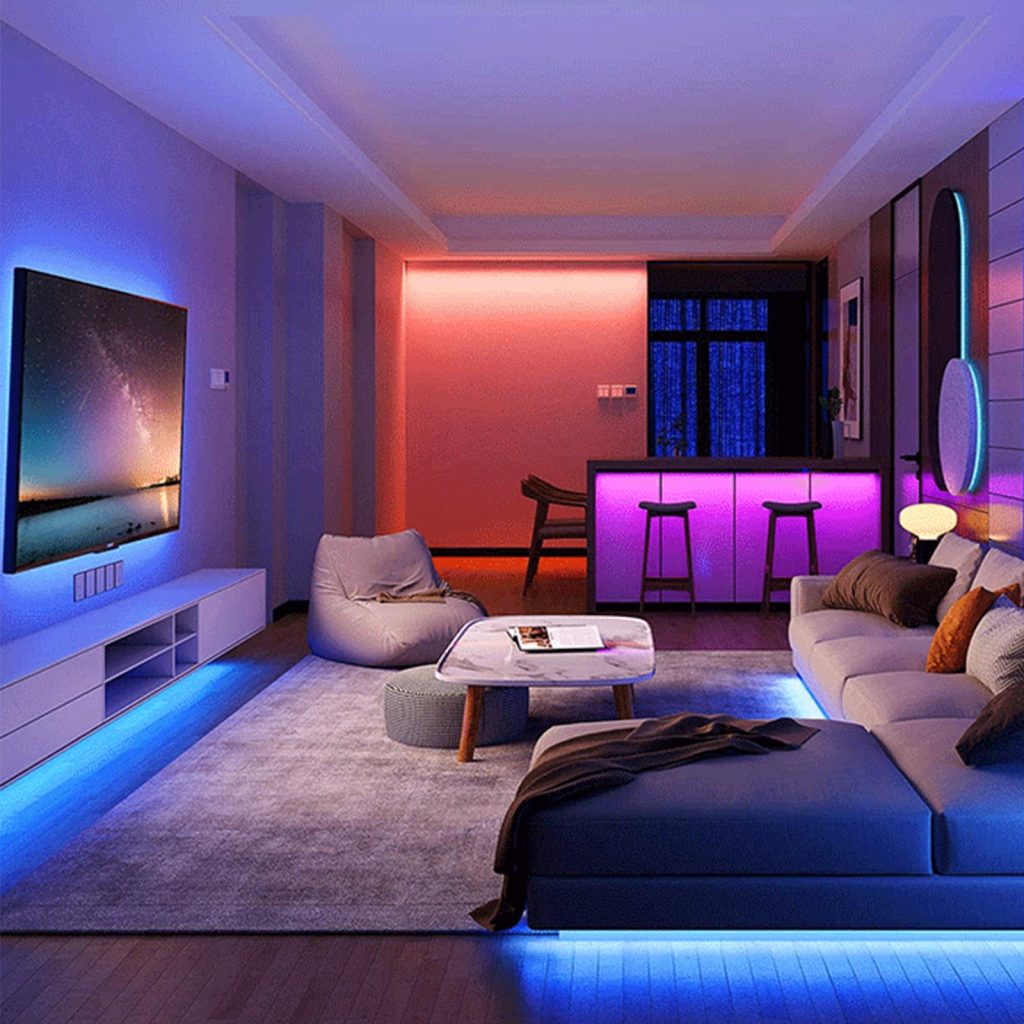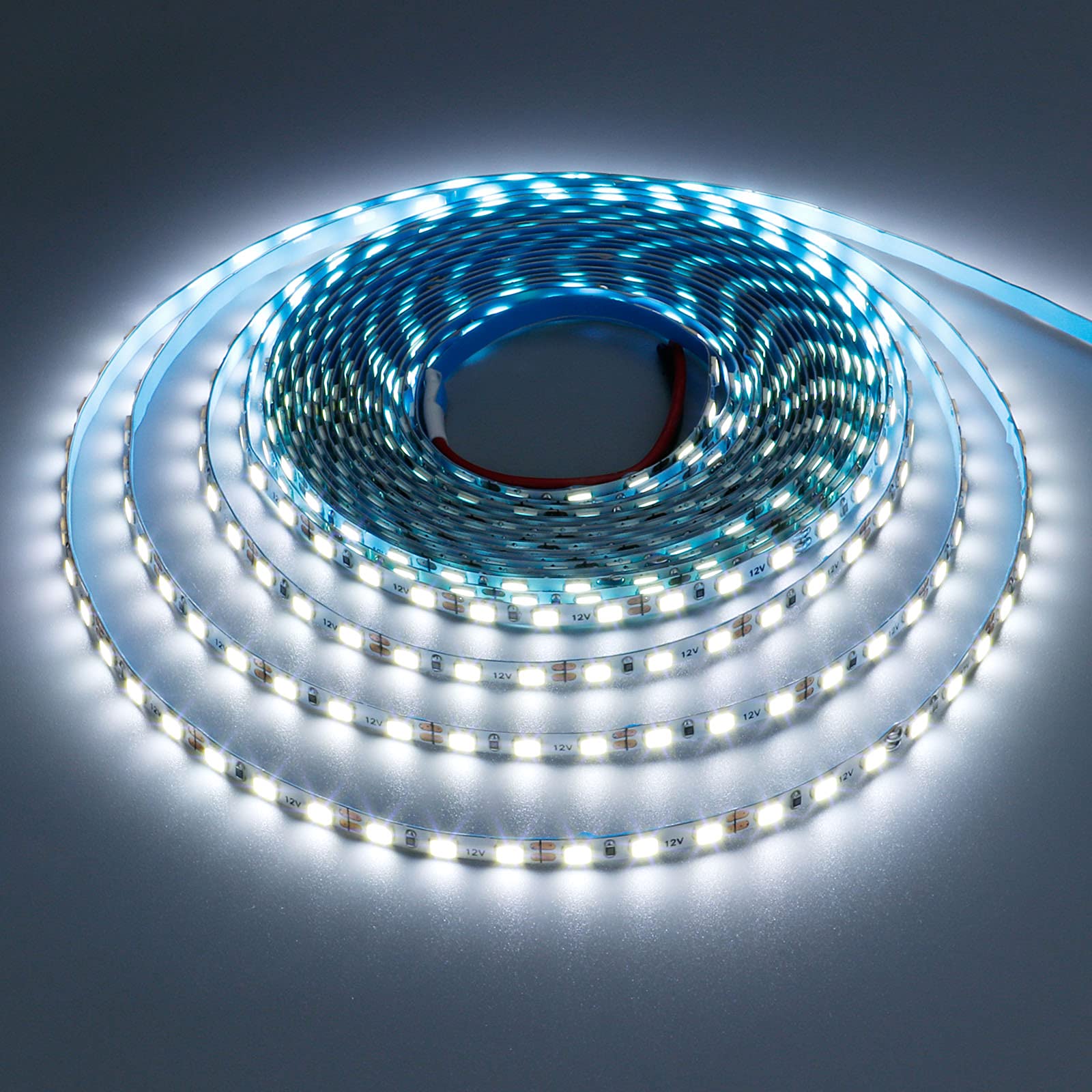How to repair led strip lights? LED strip lights are popular for their versatility, energy efficiency, and vibrant illumination. However, like any electronic device, LED strip lights may encounter issues over time. From flickering lights to dead sections, understanding how to repair LED strip lights can help you extend their lifespan and maintain optimal performance. In this article, we will provide a comprehensive step-by-step guide on how to repair LED strip lights. By following these instructions, you can troubleshoot and fix common problems with your LED strip lights and ensure they continue to illuminate your space. Let’s delve into the world of LED strip lights and discover the techniques for repair.

Safety Precautions:
Before attempting any repairs, it’s important to observe safety precautions:
- Disconnect the power supply: Turn off the power supply and unplug the LED strip lights from the electrical outlet to avoid electric shock.
- Allow lights to cool down: If the LED strip lights have been in use, allow them to cool down completely before beginning any repairs. This prevents burns or damage due to hot components.
- Wear safety gloves and goggles: When working on LED strip lights, wear safety gloves and goggles to protect your hands and eyes from any sharp edges, broken glass, or debris.
Identify the Problem:
Before proceeding with repairs, identify the specific issue with your LED strip lights. Common problems include flickering lights, dead sections, color inconsistencies, or no illumination at all. Understanding the problem will help determine the appropriate repair technique.
Repair Techniques:
Depending on the identified problem, use the following techniques to repair your LED strip lights:
Flickering or Dim Lights:
- Check power supply: Ensure that the power supply is plugged in securely and providing consistent voltage. Loose connections may cause flickering or dim lights.
- Inspect wiring connections: Examine the wiring connections between the LED strip lights and the power supply or controller. Loose or damaged connections can lead to flickering lights. Secure any loose connections, and repair or replace any damaged wiring.
- Replace faulty driver: If the LED strip lights are powered by an external driver, test the driver with a multimeter to ensure it is functioning correctly. If it is faulty, replace it with a compatible one.

Dead Sections:
- Check solder joints: Dead sections can result from loose or faulty solder joints. Inspect the solder joints along the LED strip, paying close attention to areas where the LEDs are not illuminating. Fix any loose or damaged solder joints by re-soldering them.
- Test individual LED bulbs: Use a multimeter or battery to test the individual LED bulbs. If a specific LED bulb within the dead section is not working, replace it with a new one of the same type and rating. Ensure that the polarity (positive and negative) is correct during replacement.
Color Inconsistencies:
- Inspect RGB connections: For RGB LED strip lights, check the connections between the controller and the strip. Loose or damaged connections can result in color inconsistencies. Secure any loose connections and repair or replace any damaged wiring.
- Reset or calibrate the controller: Some LED strip light controllers offer reset or calibration options to correct color inconsistencies. Consult the manufacturer’s instructions for guidance on resetting or calibrating the controller.
No Illumination:
- Check power supply: Ensure that the power supply is functioning correctly and providing the correct voltage. Test the power supply with a multimeter or replace it with a compatible one if necessary.
- Inspect wiring connections: Examine the connections between the micro-led lights and the power supply or controller. Ensure that all connections are secure and not damaged. Repair or replace any faulty wiring.
- Test LEDs: If the LED strip lights are not illuminating at all, test the individual LED bulbs using a multimeter or battery to ensure they are functional. Replace any faulty LEDs with new ones of the same type and rating.
Reassemble and Test:
After completing the necessary repairs, reassemble the LED strip lights and test them to ensure that the issue has been resolved. Reconnect the power supply, turn it on, and observe the lights for proper illumination, color consistency, and absence of flickering.

Preventive Maintenance:
To prolong the lifespan of your LED strip lights and minimize the need for future repairs, consider implementing preventive maintenance. This may include:
- Regular cleaning: Dust and debris can accumulate on the LEDs, affecting their performance and brightness. Clean the LED strip lights regularly with a soft cloth or a mild cleaning solution to remove any buildup.
- Proper voltage control: Ensure the LED strip lights are connected to a compatible power supply that provides the correct voltage to prevent overloading or damage to the LEDs.
- Adequate ventilation: LED strip lights generate heat, and proper ventilation helps dissipate this heat, preventing damage to the LEDs. Avoid placing the lights in confined spaces or near heat-emitting sources.
What are the styles of led strip lights
LED strip lights have become increasingly popular due to their versatility, energy efficiency, and ability to transform any space. Available in a wide range of styles and designs, LED strip lights offer countless possibilities for adding ambiance, accent lighting, or functional illumination to various settings.
Single Color LED Strip Lights:
Single color LED strip lights are the most basic and common type. They emit a constant, single color of light and are available in various shades, including warm white, cool white, and neutral white. These LED strip lights are suitable for general lighting purposes, such as highlighting architectural features, under-cabinet lighting, or enhancing the visual appeal of a space.

RGB LED Strip Lights:
RGB LED strip lights offer the ability to display multiple colors by combining red, green, and blue LEDs. With their color-changing capabilities, they allow you to create various lighting effects and customize the ambiance according to your preferences. RGB LED strip lights are commonly used for decorative lighting, party lighting, event lighting, or creating dynamic color schemes in both residential and commercial spaces.
RGBW LED Strip Lights:
RGBW LED strip lights are similar to RGB strip lights but with an added led table lamp component. In addition to the red, green, and blue LEDs, these strips feature a separate warm or cool white LED. This additional white LED allows for better color mixing and the option to produce pure white light, enhancing the versatility of these LED strip lights.
Tunable White LED Strip Lights:
Tunable white LED strip lights offer the flexibility to adjust the color temperature of the light output. These strips allow you to switch between warm white, cool white, and various shades in between, replicating the natural changes in daylight throughout the day. Tunable white LED strip lights are ideal for spaces where lighting ambiance and color temperature adjustment are desired, such as offices, retail spaces, or residential settings.

Conclusion:
Repairing LED strip lights is a straightforward process that involves identifying the problem, implementing the appropriate repair techniques, and conducting basic preventive maintenance. By following these steps, you can troubleshoot and fix common issues with your LED strip lights, ensuring their longevity and optimal performance. Remember to prioritize safety precautions, accurately identify the problem, and use proper repair techniques. With a little troubleshooting and maintenance, you can keep your LED strip lights shining brightly in your space for years to come.
